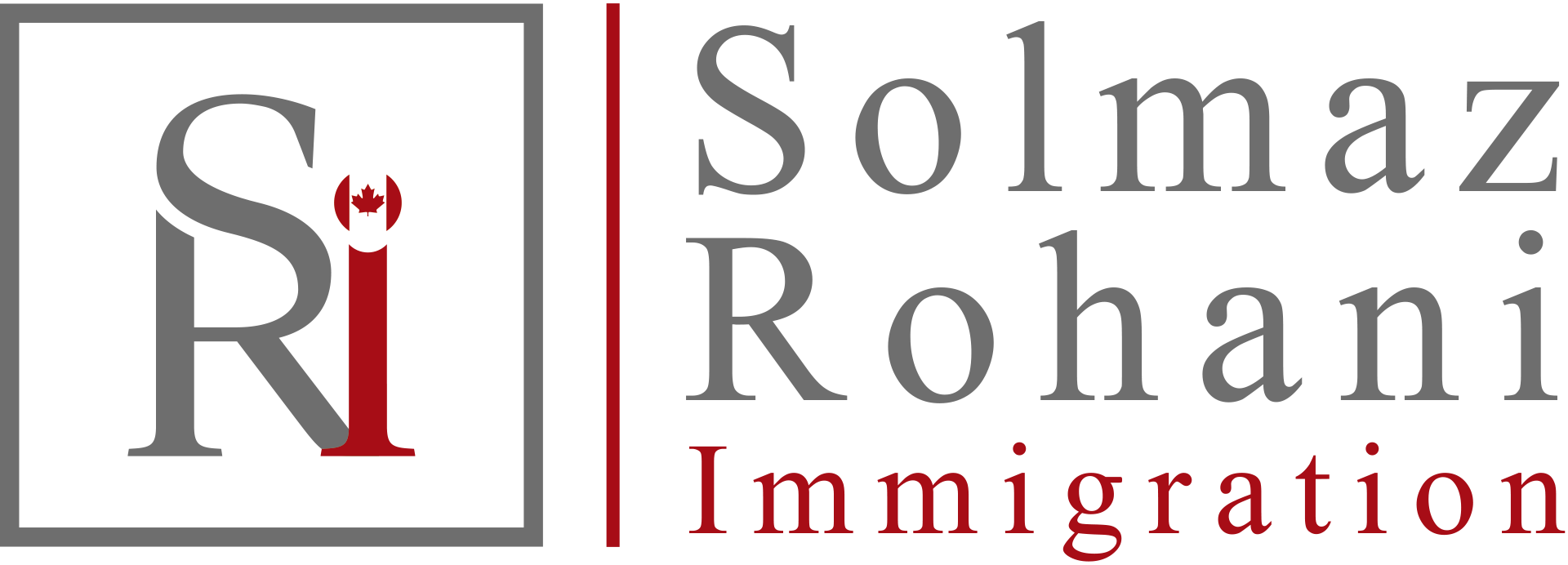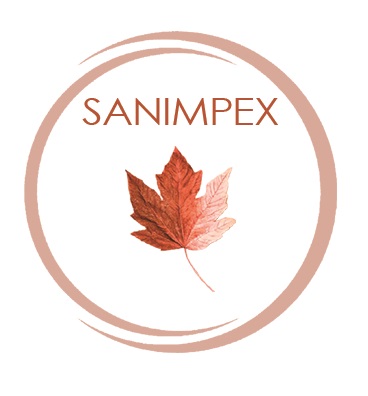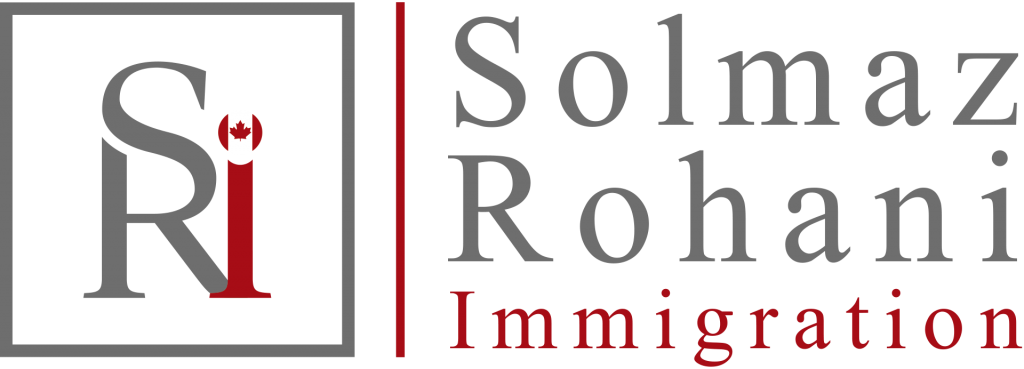Quebec is the largest province in Canada. Its territory represents 15.5 per cent of the surface area of Canada and totals more than 1.5 million km2. Quebec shares borders with Ontario, New Brunswick and Newfoundland. The province also neighbours on four American states: Maine, New Hampshire, Vermont and New York. The name Quebec was inspired by an Algonquian word meaning “where the river narrows.” The French in New France used it solely to refer to the city of Quebec. The British were the first to use the name in a broader sense.
The province of Quebec is composed of three of Canada’s seven physiographic regions. These regions are the St. Lawrence Lowlands, the Canadian Shield and the Appalachian region. The St. Lawrence Lowlands is the most fertile and developed region. The majority of the population of Quebec lives here, mainly between Montreal and Quebec City. The Canadian Shield covers most of Quebec from approximately 80 km north of the St. Lawrence River valley up to the Ungava region. It is a vast region composed of thousands of lakes and thousands of square kilometres of forested area. On the south bank of the St. Lawrence River, between the Richelieu River and the Gaspé Peninsula, is the Quebec part of the Appalachian mountain chain which extends from Gaspé south to Alabama.
Within the province’s three physiographic regions are four distinct zones with different landscapes. These are the arctic tundra, the taiga, the boreal forest and the temperate forest (see Vegetation Regions; Forest Regions). All except the temperate forest are sparsely inhabited.
The arctic tundra is the natural habitat of the polar bear, fox and arctic hare. In the taiga the largest group of the deer family (Cervidae) is the caribou. Numerous species of animals like deer, coyotes, moose and lynx populate the boreal and the temperate forests. The lakes and rivers abound with fish, particularly trout, yellow perch, black bass and pike. Overall, 105 species of freshwater fish populate the rivers and lakes of Quebec. Other species, like salmon and smelt, live in salt water but spawn in Quebec’s fresh water. The St. Lawrence and Saguenay rivers are also a refuge for sea mammals like seals, white beluga,killer, humpback and even blue whales.
Quebec is also known for its countless lakes and rivers. The province’s most important waterway and geographical feature is the St. Lawrence River, its estuary and the gulf. The main tributaries of the St. Lawrence River are, on the south shore, the Richelieu, Yamaska,Chaudière and Matapédia rivers. On the north shore, they are the Saint-Maurice, Saguenay, Manicouagan and Ottawa rivers. The two other main watersheds are the James Bay and Hudson Bay basin and;Ungava Bay. In the James Bay region, the Nottaway, Rupert and Eastmain rivers were dammed in the 1970s as part of the largest hydroelectric project in Canada. Large reservoirs, such as the Réservoir Manicouagan, on the Manicouagan River north of Baie-Comeau, and the Réservoir Gouin on the Saint-Maurice, were also targeted for major hydroelectric projects. (See also Geography of Quebec.)
The economic history of Quebec can be divided into five major periods. The first period started with the arrival of the French and lasted until the Treaty of Utrecht in 1713. The main economic activity was the fur trade. Under the mercantilist system imposed by France, colonies ‒ including New France ‒ exported their natural resources and in return received manufactured goods from the metropolis. The fur trade was the heart of New France’s economy. Other economic activities in the colony that might compete with the home country were discouraged.
During the second period (1713-1812), the economy of New France remained dominated by the fur trade although an attempt was made to diversify the economy by improving farming and by encouraging projects like the Forges Saint-Maurice. The Conquest of 1760 did not fundamentally change the mercantilist system, at least for a while, as Britain was also a protectionist country. During the third period (1812-67), wheat and timber (see Timber Trade History) replaced fur as the main export products. This period marked the rise of commercial capitalism. The major event of the period, between 1845 and 1848, was the Britain’s abolition of its protectionist laws and the abandonment of the mercantilist system.
This radical change caused the business elite of Canada and Quebec, Montréal being the most important commercial and financial centre of the colony, to alter its economic strategy. The solution was to transform Canada into an industrialized country. The political expression of that solution was Confederation in 1867 (see British North America Act). That year marks the beginning of the fourth period (1867-1945), which was characterized by the rise of industrial capitalism. Quebec, particularly the Montréal region and Montréal harbour, played a crucial role in the country’s industrialization. In 1900, 51 per cent of Canada’s manufacturing capacity was based in Ontario, compared to 32 per cent in Quebec. The main industries in Quebec were in the sectors of textiles, footwear, food, railways and timber. By 1900, hydroelectricity was the main source of energy while pulp and paper mills and aluminum factories were sectors of high employment and substantial foreign investment. The fifth and final period is from 1945 to today. It is characterized by the rapid development of modern communications and services. In contrast to previous periods, there has been a shift away from manufacturing. During the 1990s, the government invested significantly in the technology sector, and the province became an important international player with companies such as Softimage, CGI, CAE and Ubisoft.
Quebec has a provincial charter of human rights (Charte des droits et libertés de la personne), a consumer protection act, a provincial automobile insurance system, and separate income security and family allowance systems. Quebec also has a complex network of more than 800 social institutions. Among them are hospitals, community centres and long-term care facilities for the elderly. Since 1965, an agency of the Quebec government has managed Quebec’s social benefits programs. Several institutions such as Régie des rentes du Québec, Régie de l’assurance-automobile and Commission à la santé et au bien-être invest their funds in the Caisse de dépôt et de placement du Québec. As of 31 December 2013, the Caisse had $200.1 billion in assets and a four-year annualized return of 10 per cent. The Caisse de dépôt et de placement is arguably the most important achievement of the 1960s reforms that gave the Quebec government a greater role in the province’s economy.
Education in Quebec dates back to the mid-17th century with primary schools run by religious orders in major cities of New France, including Quebec City, Montréal and Trois-Rivières. Secondary education also began during the 17th century with the establishment of the Séminaire de Québec (Seminary of Quebec) in 1635. After 1680 the Séminaire offered more advanced courses, notably in law, mathematics and surveying. With the arrival of the Loyalists and British immigrants in late 18th Century, a complete English-language school system, from nursery school to university, was gradually established. McGill University, for example, opened in 1843. Section 93 of the BNA Act stipulated that, in the province of Quebec, the school system would be organized on the principle of religion. The system for English-speaking Québécois was financed by the provincial state in the same way and according to the same criteria as the French-language system.
Until the 1960s the French-language education system was decentralized. Local school boards were responsible for day-to-day operations while the Roman Catholic Church and the provincial state, through their representatives and the office of the provincial secretary, decided on programs and curricula. In the 1960s a commission led by Bishop Parent recommended several changes. Education became a higher priority and a growing consensus arose about the need to increase the general level of education and provide better technical training for specific jobs. The educational reform based on the conclusion of the Parent report produced four major innovations:
1) Universal access to secondary education through a better network of high schools and a better regional representation through regional school boards.
2) Establishment of the CEGEP system (Collèges d’enseignement général et professionnel). This is an intermediate level between secondary school and university that provides post-secondary students with a two-year preparation for university or three years of advanced, job-related technical training.
3) Establishment of a new university, which became the Université du Québec system. The new university offers programs in all regions of Quebec.
4) Establishment of a Department or Ministry of Education, which became the ultimate authority in education.
In 2007-08, Quebec school boards consisted of 60 francophone, 9 anglophone and 3 special-status boards. Of this last category, two school boards served children from Aboriginal communities (the James Bay Cree and the Inuit of Nunavik). The province’s school boards represented a total of 2,362 schools, not including 300 private schools (351 in 2014). Adult Education services were also offered. The passage of Bill 107 in December 1988 reorganized school boards from denominational to linguistic lines. Because of opposition by Catholic groups, however, implementation of the bill was postponed until 1993 when a unanimous decision by the Supreme Court of Canada affirmed the constitutionality of the law. Then, in 1997, after a very long process, Quebec and the federal state agreed to change section 93 of the former BNA Act in order to guarantee the constitutionality of linguistic boards and to remove the religious criteria. In the 1990s the annual enrolment in the primary and secondary system averaged a little more than a million students.
At the post-secondary level, there are 43 francophone colleges or CEGEPs and 5 anglophone colleges. The university system consists of 18 institutions, including 8 private universities and one public university network. Four universities are francophone (Université de Montréal, with two affiliated institutions; Université du Québec, incorporating ten institutions; Université Laval; and Université de Sherbrooke) and three are anglophone (Bishop’s University, Concordia University and McGill University). The largest campus is the Université de Montréal. At the beginning of the 2010s, enrolment stood at over 180,000 students at the college level and more than 200,000 at the university level.



